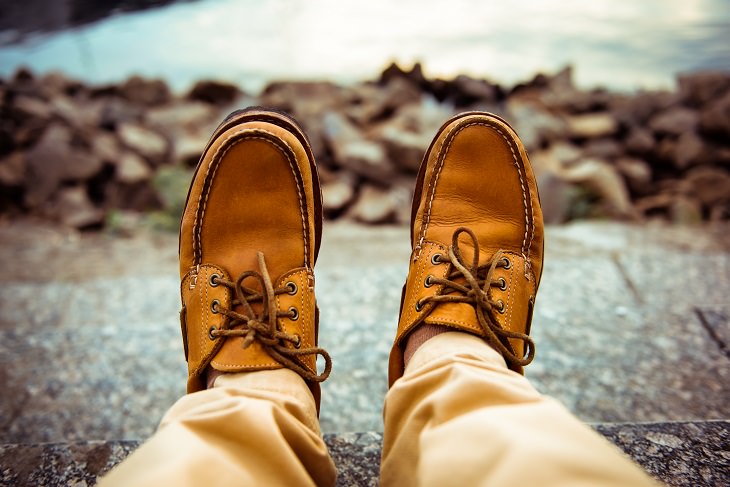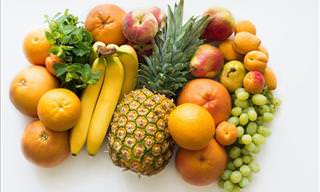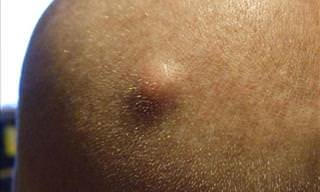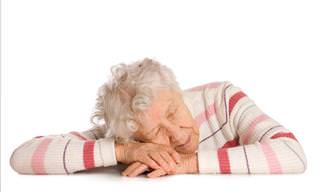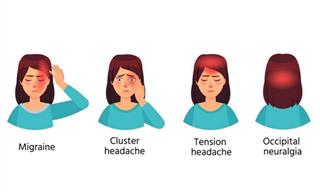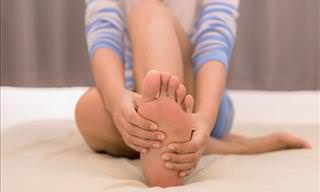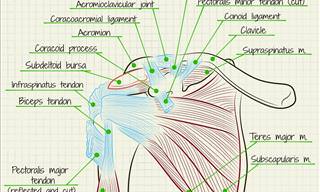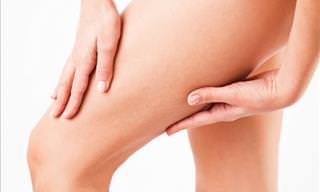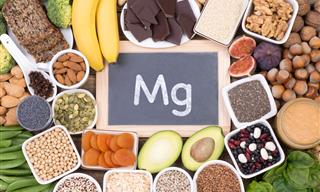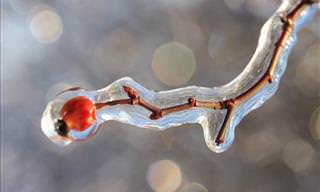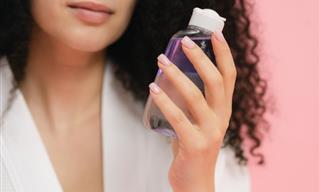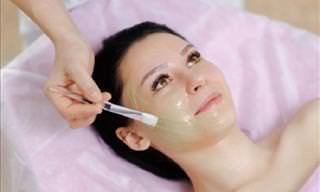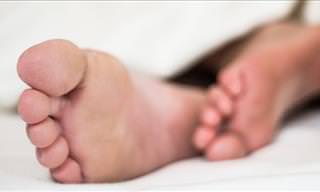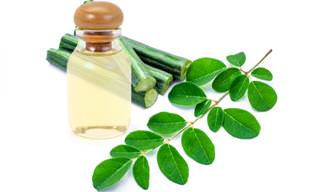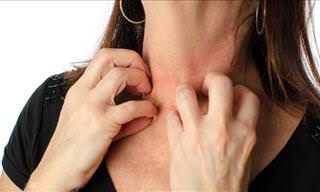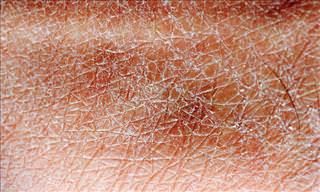Corns and calluses are skin anomalies that arise as a result of the thickening of the outer layer of skin on your feet. In medical terms, they are referred to as hyperkeratosis, and usually develop due to a prolonged rubbing, pressure or other forms of irritation. According to the American Podiatric Medical Association, painful corns and calluses affect about 5% of the US population each year, and many people never seek professional help to treat them.
There are several ways of treating corns and calluses, as well as preventative measures you can take to stop them from forming. While you may opt for treatment from your doctor or a podiatrist, there are also natural do-it-yourself methods for treating them, which I'll tell you about below. Here's all you need to know:
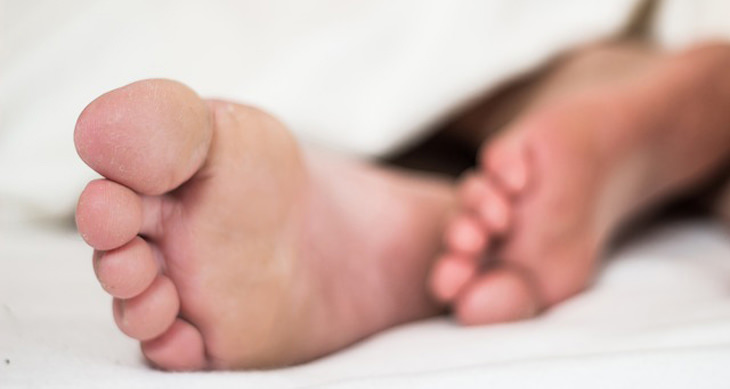
Corns – This is a protective thickening of the skin that usually occurs on a bony part of your toe. Corns have a very thick center called a core, and this develops over the area that has experienced the greatest friction or pressure. Corns that form on the upper surfaces of the toes are called hard corns, whereas pliable, moist corns that form between the toes are called soft corns.
Calluses – This is a thickening of a part of the skin that’s exposed to prolonged rubbing. While this is a more common occurrence on the soles of your feet, they can also occur on other parts of the body. For example, laborers and weight lifters tend to get them on their hands due to the heavy lifting they do. This thickened skin can actually be an advantage in these instances because it can cushion the hands and allow the person to function without feeling any pain. On the feet, they usually develop at the base of the toes.
Symptoms
Corns and calluses are usually characterized by the formation of a discolored area (brown, red or black), which occurs due to a small amount of bleeding between the normal and thickened skin. In more severe cases, a separation of the normal and thickened skin can occur, which makes the area more susceptible to infection. Diabetics in particular need to be acutely aware of this possibility if they have severe corns or calluses.
Diagnosis
If you visit your doctor due to the development of corns or calluses on your skin, the first thing he or she is likely to ask you about is your footwear. This question will likely be followed by questions about your foot history and whether you have a history of other medical problems, with particular reference to diabetes and circulation problems. In addition, calluses can be the result of a change in the mechanics of the foot, which causes abnormal amounts of pressure to be placed on certain areas.
To investigate further, your doctor will likely inspect your feet to see whether the skin growths have developed due to foot abnormalities. These include toe deformities, structural problems of the bones, poor bone alignment and problems related to an abnormal way of walking. For corns and calluses developing in these instances, your doctor will likely recommend padding or a shoe insert to prevent them from returning or causing discomfort.
Prevention
The best way in which you can prevent corns and calluses from forming is by wearing shoes that fit properly. Low-heeled, comfortable shoes that give you enough space around the toes should do the trick. When purchasing, make sure you try on a pair of shoes at the store, or have the salesperson measure your feet to get exactly the right fit. Also consider the material of the shoes that you're buying - you need to ensure that the material is breathable, so your feet get enough air. Here are some other things you can do to prevent corns and calluses:
• Keep your feet in good condition: Make sure you keep your feet as clean and dry as possible. You can't avoid sweating, but you can avoid your feet being moist for a very long time.
• Protect the sensitive areas: If you've planned to do a lot of walking or running, you should coat the areas of your feet that are most sensitive to calluses (like the heels and the bases of the toes) with petroleum jelly, to help reduce friction.
• Give your feet a break: Every now and then, change your shoes. Wearing open-toe sandals, for example, is likely to cause your feet to develop calluses, so wear gym shoes sometimes to give your feet a rest.
Treatment
Two things are normally done to treat to treat corns and calluses, namely shaving away some of the thickened skin and a change in footwear or the addition of a foot insert to relieve the stress on your feet.
After a corn or callus is shaved down, it’s a good idea to treat the affected area with salicylic acid plasters or pads. These are available in regular drug stores, however they aren’t suitable for you if you happen to have circulation problems or neuropathy.
In more serious cases, foot surgery might be necessary to treat corns and calluses that keep returning.
Do It Yourself: 3-Step Home Treatment Process
If you want to have a go at treating corns and calluses yourself, there's a three-step process you can follow. There are different options within each step, so you may want to try the various alternatives and see what works best for you.
1. Soaking
This process involves mixing some common food products with warm water and letting your feet soak in the resulting solution. You should also massage your feet during the process for greater impact. The following natural remedies all have some properties that will help reduce the effect of your calluses:
• Baking Soda: This ingredient can act as a natural exfoliant for your feet because of its crystals, which will help soften the hardened skin. Add three tablespoons of baking soda to warm water and soak your feet in it for 30 minutes to get rid of that excess dead skin.
• Chamomile Tea: This herb is known for having a soothing effect on your skin, and its anti-inflammatory properties help reduce discomfort. Before going to bed, brew 1-2 cups of chamomile tea, add it to a small foot tub of water and soak your feet in it for around 30 minutes. (Make sure you rinse your feet well with water and soap after you're done to avoid getting tea stains on your bed.)
• Apple Cider Vinegar: Use the acidic nature of apple cider vinegar to treat your corns and calluses. This can help the hard skin soften and speed up the healing process. Grab a slice of bread and leave it to soak in apple cider vinegar for 10 hours. Apply the resulting paste to your corns or calluses before you sleep and wrap your foot with a bandage or plastic bag. Wear this overnight and rinse your feet with warm water in the morning.
• Epsom Salt: This is one of the easiest remedies for calluses. Add Epsom salt to warm water and let your feet soak in the solution for about 10 minutes in order to help soften the corn or callus, draw out toxins and even remove them entirely. Scrub the affected area with a soft brush (see step 2) to see if the salt can help remove the hardened skin altogether. Epsom Salt also helps guard your feet against infections.
2. Scrubbing
Scrubbing is essential when treating corns and calluses, and it's easiest to do after you shower (or even after you have soaked your feet using one of the above methods). This process should help eliminate the unwanted hard skin on your feet.
• While your skin is still soft from the soaking, use a pumice stone or foot file to rub away corns or calluses.
• Rub your feet using a vigorous, circular motion until the skin turns pink.
3. Drying
After scrubbing off corns or calluses, make sure you dry your feet thoroughly.
• Towel-dry your feet completely to remove any moisture.
• You can also sprinkle corn starch on the affected area to keep it dry and prevent infections.
Important note: If you are diabetic, you should seek professional help for corns and calluses, rather than try these at-home methods.
 Go to BabaMail
Go to BabaMail



